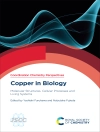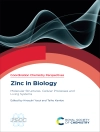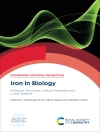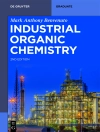Flexible metal–organic frameworks (MOFs) are a unique class of porous materials that feature stimuli-responsive flexible structures and dynamic structural transformation behaviours. Exhibiting structural changes in response to physical or chemical stimuli creates related functions that can be developed for practical applications.
The specific components and architectures of flexible MOFs are key to their unique properties, so understanding their chemistry is of critical importance for more targeted construction and functional research.
This book provides an accessible overview of the historical background of the chemistry of flexible MOFs and their features; in particular, design and synthesis, dynamic structure analysis, flexibility, function and theoretical treatment, and interpretation of the mechanisms as well as their applications.
It gives readers a fundamental understanding of this chemistry and will be of great help to young researchers, as well as those already familiar with conventional porous materials in creating new materials.
Table of Content
Structure, Design and Synthesis;Flexible Properties: Adsorptive Storage and Separation;The Dynamic View: Multiscale Characterisation Techniques for Flexible Frameworks;Theoretical Understanding and Insights on Flexible Metal–Organic Frameworks;New Dimensions of Flexible MOFs: Toward Complex Systems and Devices












